Big cat sanctuaries are refuges that offer protection, care, and rehabilitation to large feline species such as lions, tigers, leopards, and cheetahs. These facilities often rescue animals from abusive situations, illegal trade, or captivity, providing them with a natural and secure environment. The rising public consciousness about wildlife conservation has sparked discussions on whether these sanctuaries should be open to tourists. This article explores this debate, examining various facets of this issue.
Purpose of Big Cat Sanctuaries
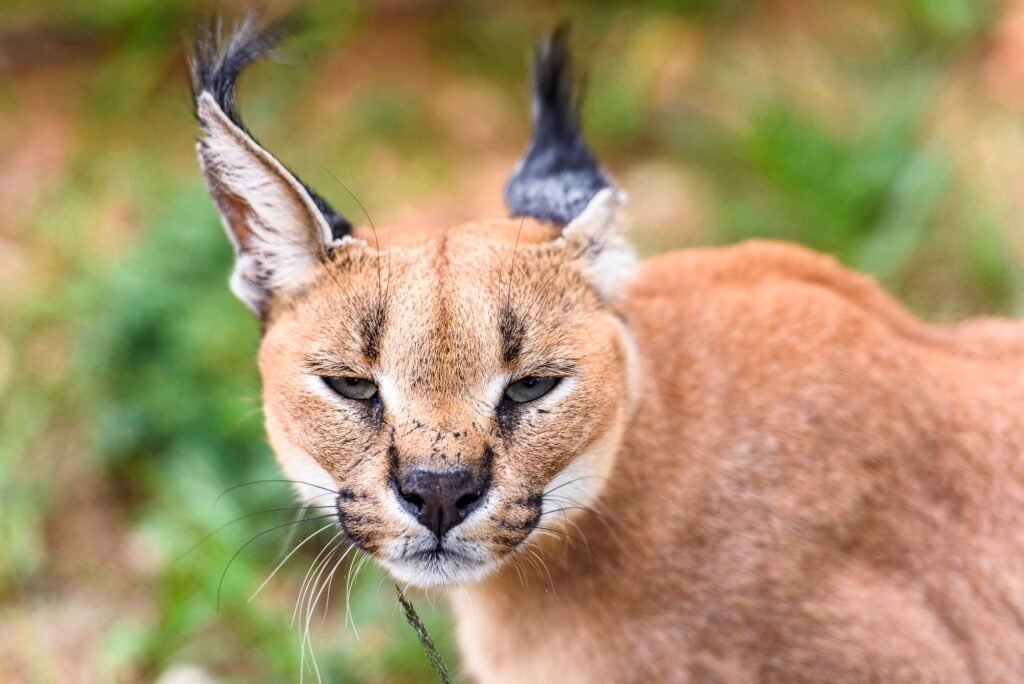
The primary aim of big cat sanctuaries is to ensure the welfare of these majestic predators. They work to recreate a natural habitat and provide medical and nutritional care, allowing the cats to live a life as close to the wild as possible. Unlike zoos, these sanctuaries prioritize animal health and psychological well-being over public exhibition.
The Appeal of Big Cat Sanctuaries to Tourists

For many, visiting a big cat sanctuary offers a unique opportunity to witness these incredible creatures up close in a more humane and authentic setting than a zoo. Such experiences can foster a deeper appreciation for wildlife and an understanding of conservation efforts. However, the involved ethical considerations make this a complex issue.
Conservation and Educational Benefits
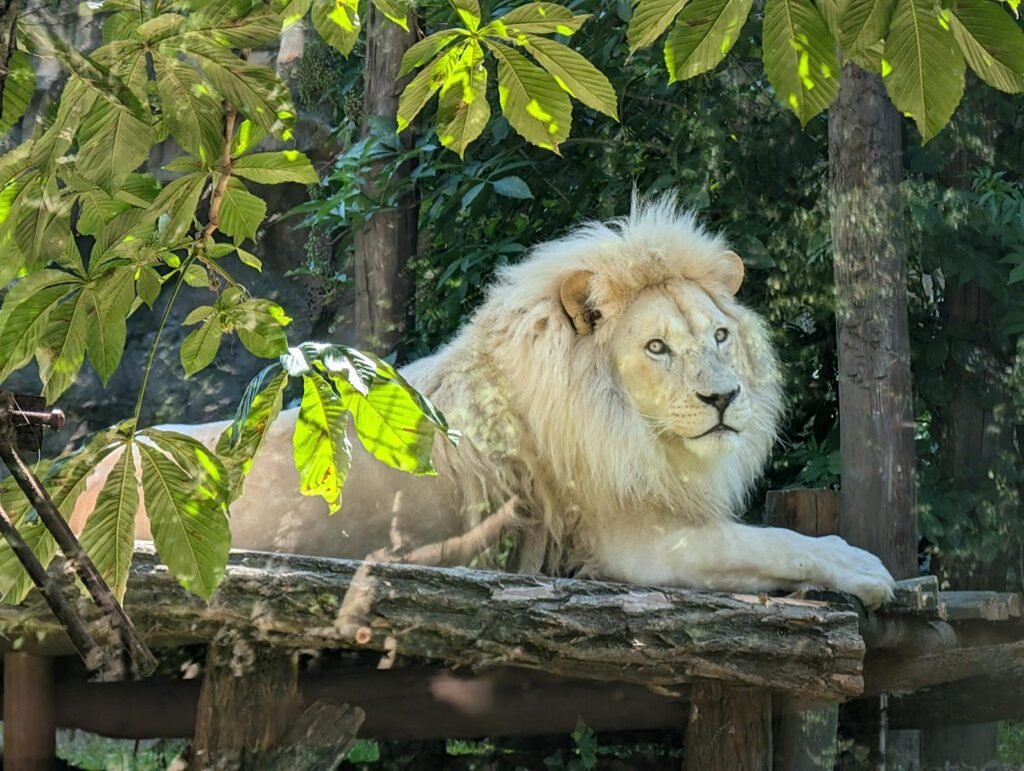
Opening sanctuaries to the public can raise awareness about the plight of big cats, highlighting issues such as habitat loss, poaching, and the exotic pet trade. Entrance fees often support conservation efforts, and educational programs can inspire visitors to become advocates for wildlife protection.
Economic Considerations
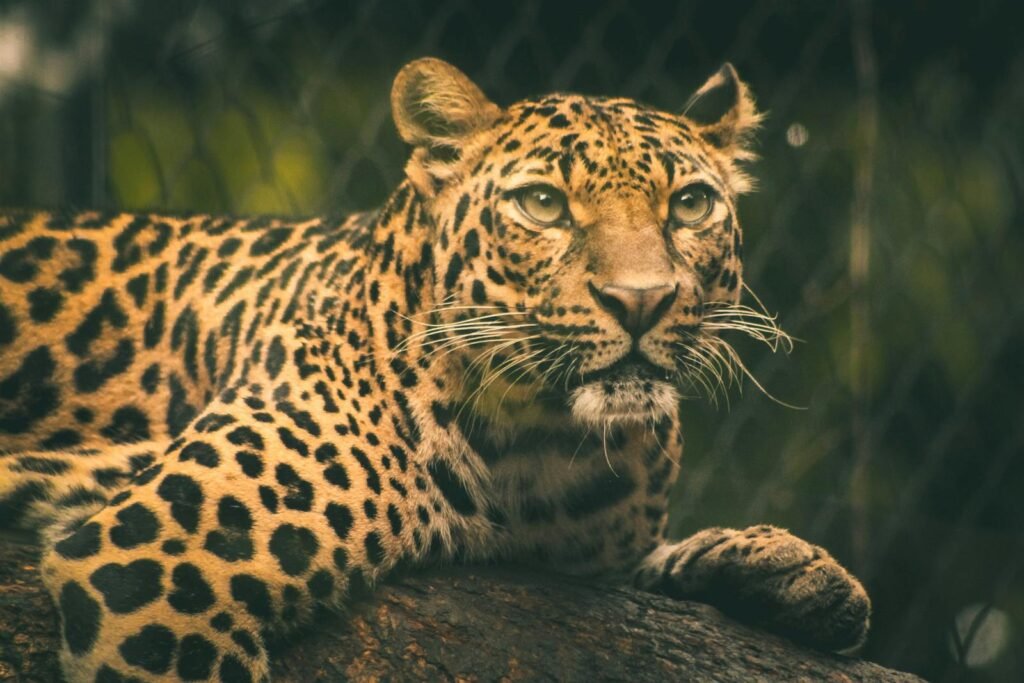
Tourism can be a financial boon for sanctuaries, providing much-needed funds for their operations. This revenue helps cover costs like veterinary care, food, and facility maintenance. With adequate financial resources, sanctuaries can enhance their conservation programs and rescue efforts.
Potential Negative Impacts on the Animals
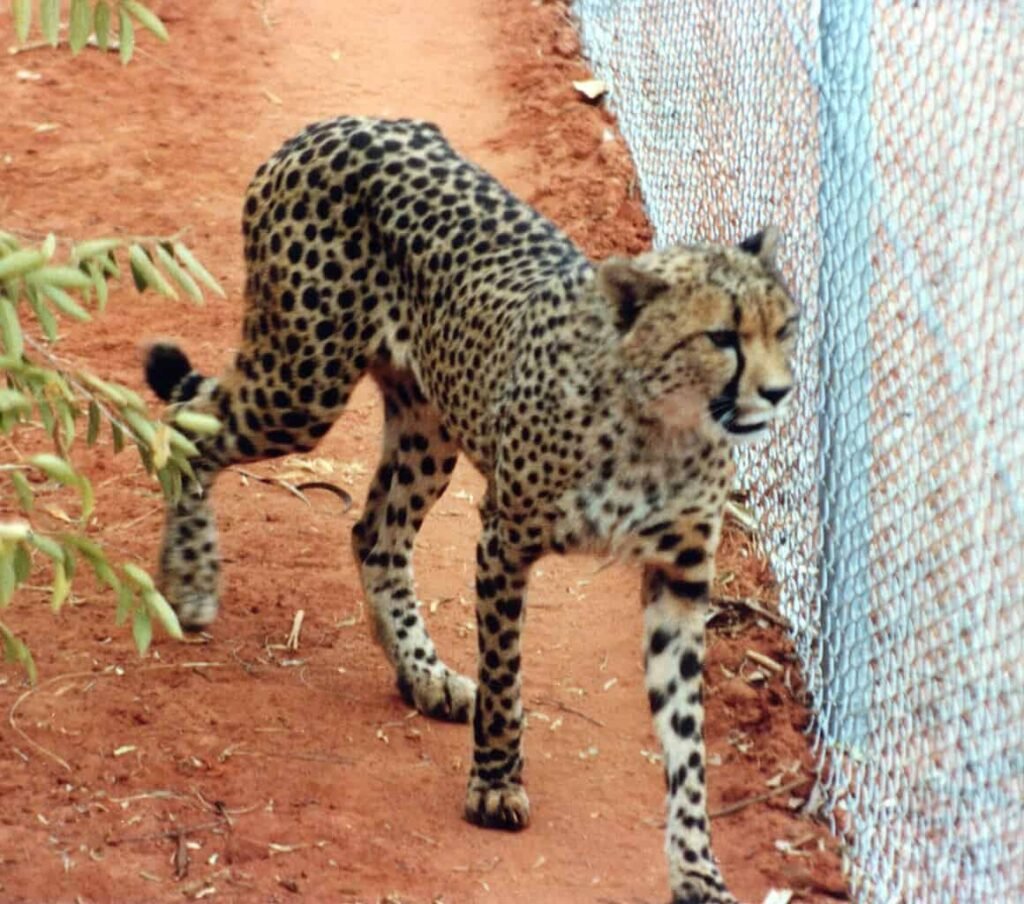
One serious concern about opening sanctuaries to the public is the potential stress it may cause the animals. Frequent human interaction, noise, and disruption can alter their natural behaviors and lead to long-term psychological effects. Excessive tourism could transform sanctuaries into commercial attractions, compromising their initial mission.
Regulations and the Importance of Responsible Tourism

Balancing tourism with animal welfare requires strict regulations and responsible management. Tours should be limited, ensuring minimal disturbance to the cats. Educational and observational visits should be designed to respect the animals’ space and natural behavior, avoiding activities that might stress or endanger them.
Alternatives to Traditional Tourism
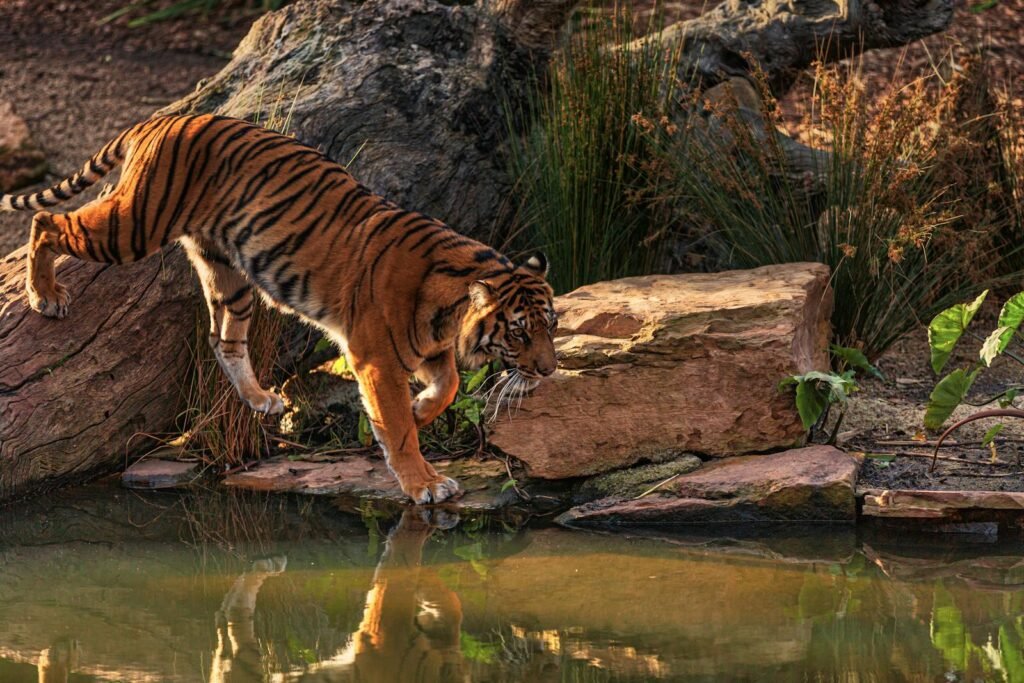
Virtual tours and online programs offer innovative alternatives that allow people to learn about big cats without physical visitation. These platforms can reach a broader audience and potentially generate revenue without the adverse effects of traditional tourism.
Case Studies of Successful Sanctuaries
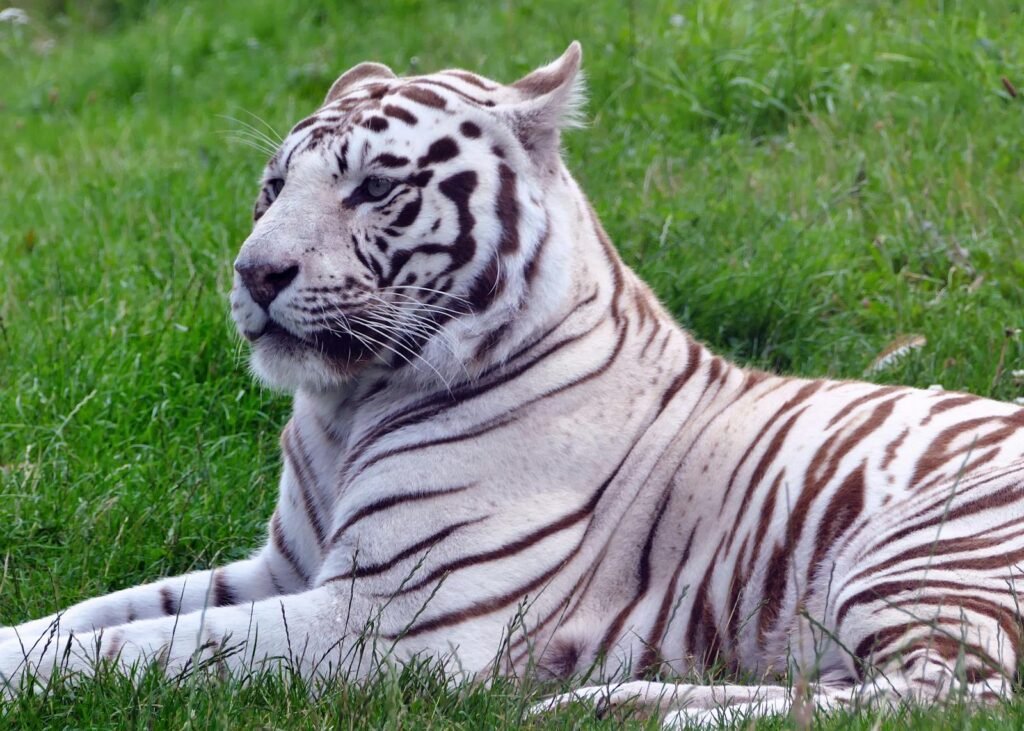
Numerous sanctuaries have managed to find a balance between public engagement and animal welfare. Sanctuaries like Big Cat Rescue in Florida and The Wildcat Sanctuary in Minnesota implement controlled visiting hours and strict visitor guidelines, combining tourism with effective conservation education.
The Future of Big Cat Sanctuaries and Public Access
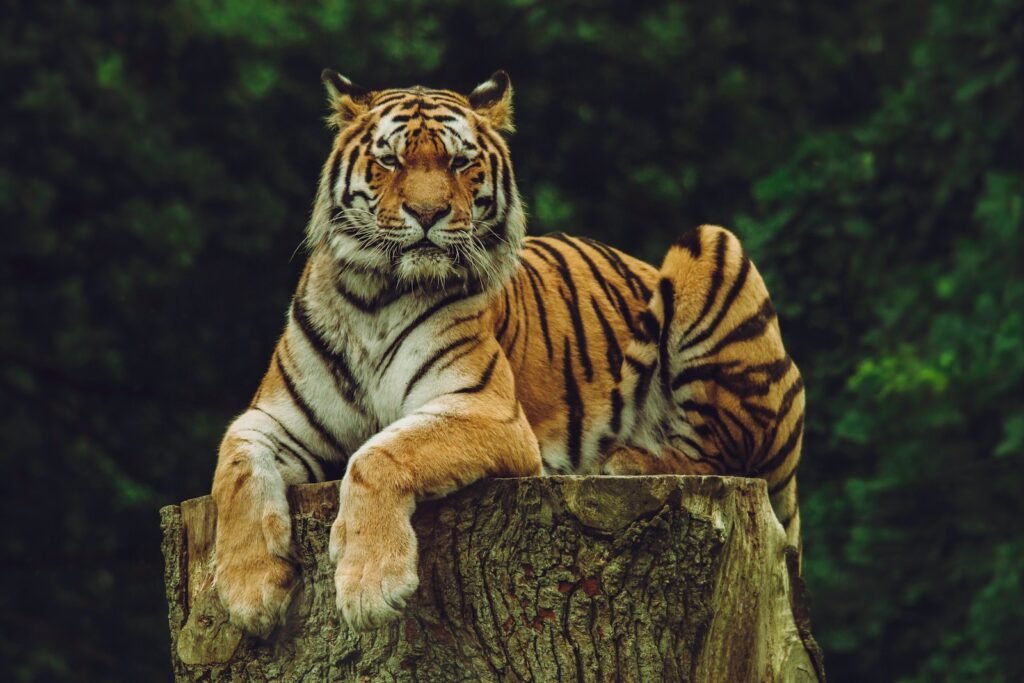
The future of public access to big cat sanctuaries hinges on finding a harmonious blend between conservation, education, and tourism. The decision to open doors must be made with the animals’ welfare as the top priority, integrating innovative solutions and strict oversight to ensure the sanctuaries’ mission remains intact.
Conclusion

The debate over whether big cat sanctuaries should be open to the public involves weighing the potential benefits against the possible detriments. While public access can provide valuable funding and spread awareness for conservation, it must not come at the expense of animal welfare. Through careful implementation and innovative approaches, sanctuaries can pursue their mission while engaging and educating the public responsibly.

Growing up traveling and experiencing new cultures and wonders, I have had a passion for nature, adventuring, photography, and videography. I am currently working towards a BSc in Biodiversity and Ecology at Stellenbosch University, and I hope to specialise in Marine Sciences one day.
Please send any feedback to Feedback@animalsaroundtheglobe.com






